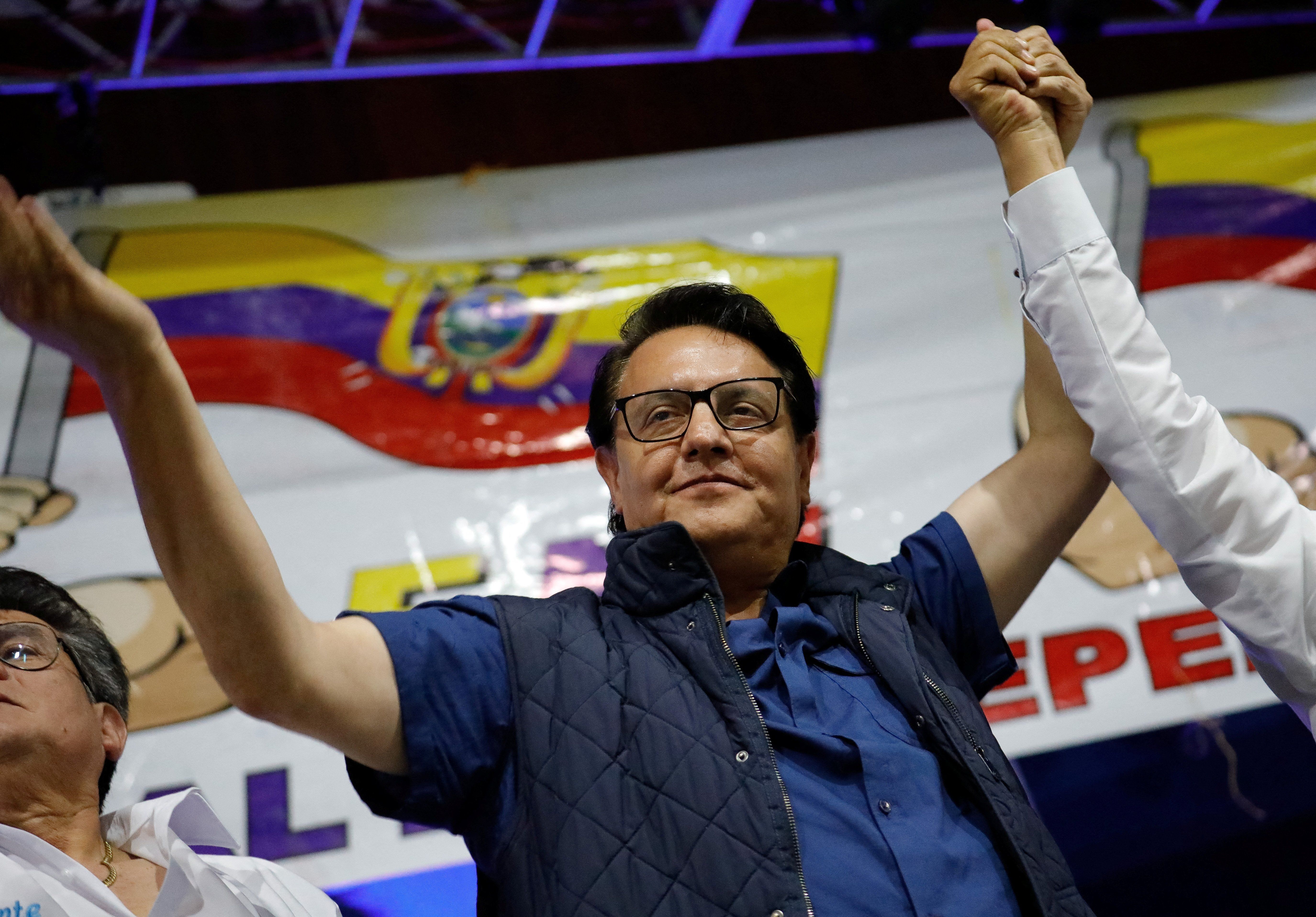Presidential candidate Fernando Villavicencio waves an Ecuadorian flag as he attends a rally in Quito, Ecuador, on Aug. 9, 2023.
Villavicencio, 59, was the candidate for the Build Ecuador Movement and was polling fifth out of eight candidates in an election largely focused on Ecuador’s epidemic of gang violence. He was known for brazenly calling out corruption, organized crime, and drug traffickers. When embattled President Guillermo Lasso – who is not on the ballot – confirmed the assassination, he suggested that organized crime was responsible for the shooting.
Villavicencio’s assassination isn’t an isolated event. Over the past five years, Ecuador has been ravaged by violence associated with drug trafficking. Just a few weeks ago, the mayor of Manta was also assassinated. But Villavicencio’s death marks the first time that a presidential candidate has been killed on the campaign trail, upping the fear and outrage over the country’s growing security crisis.
